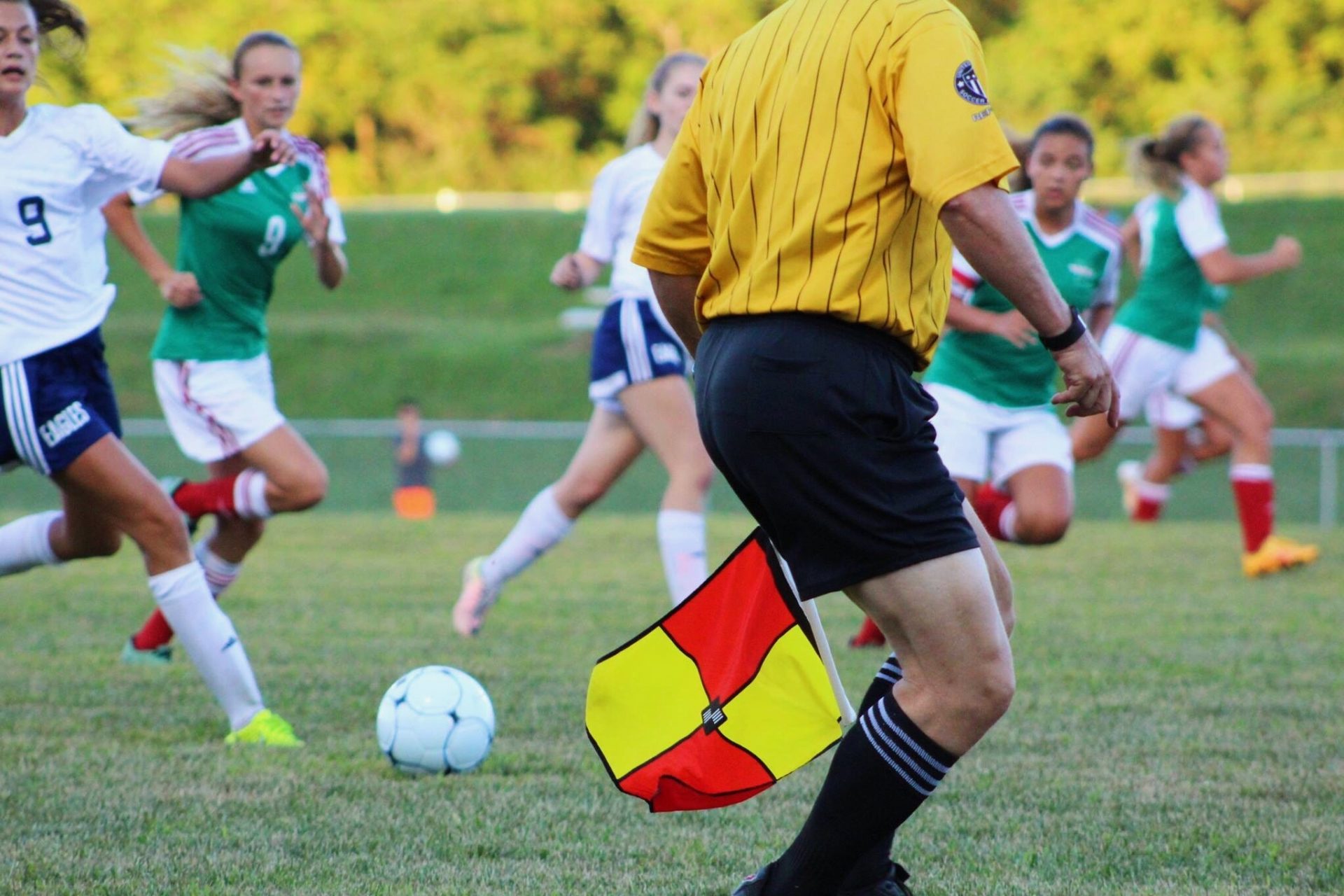Seeing the Socceroos get eliminated so soon from the World Cup was hard to deal with. Luckily, however, none of the players got badly injured during their short time in Russia. Getting an anterior cruciate ligament (ACL) tear whilst playing soccer is unfortunately quite common and it is an injury that we regularly see in the clinic.
What is your ACL and what does it do?
The ACL, alongside three other main ligaments in the knee, is a strong fibrous connective tissue that holds the knee joint together. The ACL, although only a small structure, sits inside the knee joint and prevents the tibia (shin bone) from translating forwards in front of the femur (thigh bone). It also plays a big role in providing rotational and twisting stability of the joint.
![]() How does an ACL tear happen?
How does an ACL tear happen?
Generally speaking, ACL’s will most commonly rupture during sport. It can happen with trauma (a bad tackle), jumping and landing awkwardly, coming to a sudden stop when running, twisting the knee or changing direction.
Do I need surgery with an ACL tear?
This will entirely depend on a few factors including the type of tear in the ACL (sprain/partial tear/full tear), whether the person wants to return to sport and what your surgeon and physiotherapist feel are best for you. There has been a lot of recent research suggesting a period of physiotherapy should always be considered before deciding on surgery.
Whether surgery is carried out or not, rehabilitation is very important. Physiotherapy after an ACL rupture is crucial and needs to be monitored to avoid re-rupture of the ligament. Post-operative rehabilitation last about 9-12months and involves a variety of different stages¹.
Please contact Lifecare Joondalup Physiotherapy on 9301 4711 if you would like to book an appointment or find out more information.

